Topics
Category
Era
Minneapolis Aquatennial
Started in 1940 by a group of businessmen looking to promote their city nationally, the Minneapolis Aquatennial has been drawing crowds every July since for parades, pageantry, and crowd events, highlighting Minneapolis’s status as the “City of Lakes.”
The idea for the Aquatennial was born in 1939 out of a desire to promote Minneapolis as a vacation and business destination through an annual festival rivalling Mardi Gras, the Rose Parade, and, closer to home, St Paul’s Winter Carnival. After witnessing a large parade in Winnipeg for Great Britain’s King George VI and Queen Elizabeth, a group of Minneapolis businessmen including W. N. “Win” Stephens and Tom Hastings concluded that a similar spectacle would improve Minneapolis’s reputation nationally after a tumultuous decade of labor strife and gangster violence. With the help of veteran volunteers from the Winter Carnival, they organized a ten-day festival with almost 200 events in less than a year.
The name “Aquatennial” was chosen by contest to highlight the abundance of lakes, rivers, and parks around Minneapolis. Sail and motor boat races were to take place on Lake Calhoun (Bde Maka Ska),* and a 450-mile canoe derby down the Mississippi River from Bemidji would arrive on the first day of the festival. A massive airshow and an interdenominational sermon at Powderhorn Park the next day would both draw more than 100,000. The parades, however, were the main attraction. With support from business sponsors, promotional Aquatennial pin sales, and thousands of volunteers, the inaugural Grande Day parade featured eighty-six elaborate floats, 15,000 marchers, and fifty bands, drawing a crowd of more than 200,000. Even more attended the nighttime Torchlight Parade later in the week. Attendance would grow even higher in coming years: 750,000 would watch 1962’s Torchlight Parade.
Along with the parades, the Queen of the Lakes contest has been an Aquatennial mainstay since 1940, drawing contestants from local pageants across the state. A panel of judges choose the next year’s queen and princesses based on personality, public speaking skills, and professionalism. After winners of the pageant are crowned, they serve as ambassadors for Minneapolis in parades nationwide, travelling more miles than the winner of any pageant in the country except Miss America. The contest has undergone significant changes since its origin; while queens do not have the same high-flying international trips and free cars they enjoyed into the sixties, they receive educational scholarships. In the mid-1960s, newspapers stopped listing the queens’ ages, weights, measurements, and home addresses.
The Aqua Follies, a highly choreographed aquatic revue show, was introduced to great fanfare in 1941, and provided the festival with crucial revenue for years. A permanent pool, diving platforms, and a stage were built on Lake Wirth to host multiple shows for 6,000 spectators at a time. Twenty-four women known as the Aqua Dears practiced routines for months at the University of Minnesota pool. For many years, they were all required to be exactly five feet and four inches tall and weigh 125 pounds. After the audience was warmed up by stunt divers and comics, professional dancers and the Aqua Dears performed a number with elaborate sets and costumes flown in from Broadway and Hollywood.
Over the next half-century, several programs were added to bring in younger audiences. 1967’s festival featured a live show called “The Happening” featuring Jefferson Airplane, Buffalo Springfield, and the Electric Prunes. In an event promoted by the American Dairy Association, contestants raced boats homemade from milk cartons across Lake Calhoun. The eccentric event was an Aquatennial staple from 1971 until 2015, and was revived by a separate nonprofit in 2017. In the late eighties, an event called Aqua Jam drew hundreds of skateboarders competing for prizes and sponsorships to the festival.
Going into the new millennium, the Minneapolis Aquatennial Association neared bankruptcy as corporate sponsors, individual contributors, and contest fees could not keep up with programming costs. In 2002, the organization was absorbed by the Minneapolis Downtown Council (DTC), a business association which already included many of the companies which sponsored the festival for years. Simultaneously, the Aquatennial Ambassador Organization(AAO) was created to run the Queen of the Lakes program and maintain connections with festivals across the state and nationally. While the length and scope of the festival has been reduced in recent years to reflect busier summer schedules and a greater focus on Downtown Minneapolis, the Aquatennial continues to promote the “City of Lakes” with free shows, parades, contests, pageantry, and fireworks.
*Editor's note: At the time the Aquantennial was founded, the formal name of the lake recognized by state government was Lake Calhoun. The Minnesota Department of Natural Resources restored the lake's Dakota name, Bde Maka Ska, in 2018.
Bibliography
“13 Jailed in Clash Linked to Wig Fight.” Minneapolis Star, July 20, 1967.
Albinson, Pam. Seventy-Five Years of The Minneapolis Aquatennial. Minneapolis: Nodin Press, 2014.
Baule, John. “Ahhquatennial—Fifty Fabulous Years. Hennepin County History 48, no. 3 (Summer 1989): 23–27.
Chin, Richard. “After Being Axed, the Popular Milk Carton Boat Race Returns to Minneapolis.” Minneapolis Star Tribune, May 3, 2017.
Hafften, Ken. Conversation with author, September 2018.
Mellin, Judy, Pamela Jo Albinson, and Connie Haenny. “Crowning Memories and Lost Images: The Aquatennial Queen of the Lakes.” Hennepin History 61, no. 3 (Summer 2002): 4–34.
Minneapolis Aquatennial Souvenir Program Collection, 1940–. Minnesota Historical Society, St. Paul.
O’Brien, K. Marie. “Fantasies on Parade.” Hennepin County History 73, no. 3 (Fall 2014): 19–27.
Shumaker, Steve. “Building Parade Floats: The Life of a ‘Floater.’” Hennepin County History 73, no. 3 (Fall 2014): 29–35.
“Sonny Without Cher” Twin Cities Music Highlights, 1960.
http://twincitiesmusichighlights.net/events/#1960
Related Resources
Primary
Berg, Heinie. The Second Minneapolis Aquatennial. 16 mm film, 52 min. [Minnesota]: N.p., 1941. Audio-visual Collection, Minnesota Historical Society, St. Paul.
Minneapolis Aquatennial Association records, 1940–1990 (bulk 1979–1985)
Manuscripts Collection, Minnesota Historical Society, St. Paul
http://www2.mnhs.org/library/findaids/00891.xml
Description: Most of the material was compiled by association president (1979–1981) Fredrick Dresser, and includes historical information; articles of incorporation and bylaws; membership rosters; position descriptions and organization charts; directors and steering committee minutes; financial records; speeches, scripts, and publicity memoranda; newsletters and programs; photographs; and two scrapbooks kept by Micky Lane.
Web
Minneapolis Aquatennial.
http://www.aquatennial.com/
Related Images
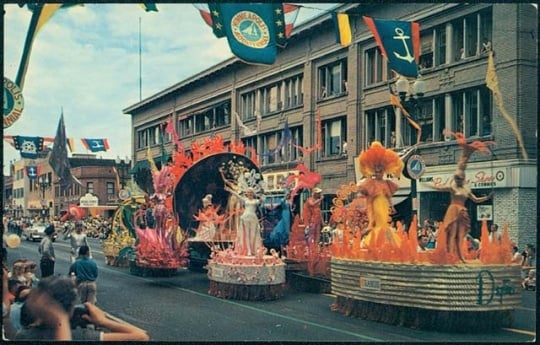
Aquatennial Parade, 1960.
All rights reserved
Holding Location
Articles
More Information
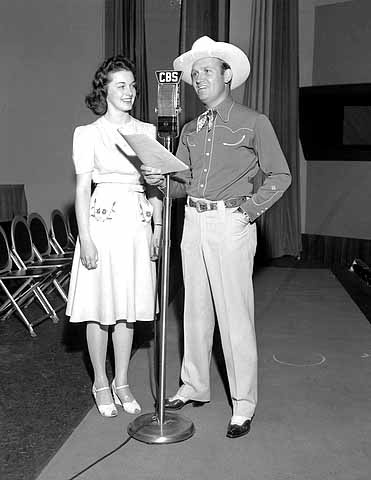
Aquatennial Queen of the Lakes Joyce Moen in Hollywood studios of CBS radio with Gene Autry.
All rights reserved
Holding Location
Articles
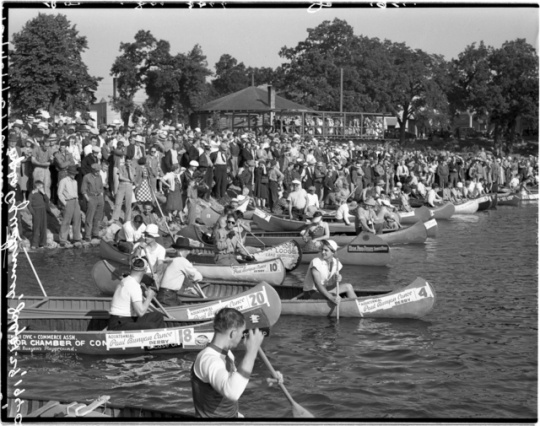
Paul Bunyan Canoe Races, Minneapolis Aquatennial, 1940
All rights reserved
Holding Location
Articles
More Information
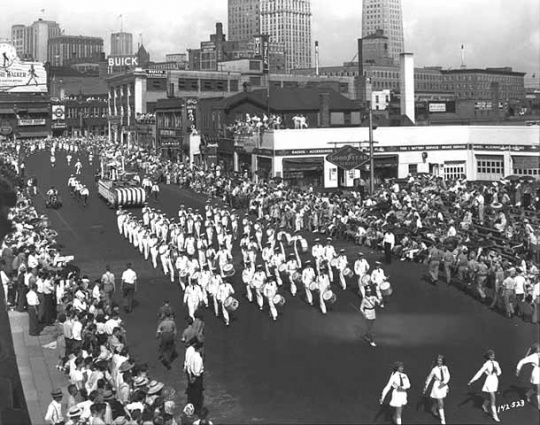
"On To Victory" Aquatennial Parade, 1942
Holding Location
Articles
More Information
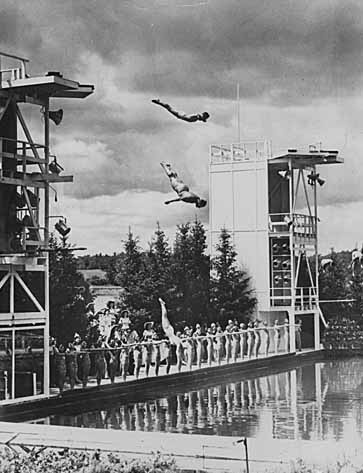
Minneapolis Aquatennial divers and synchronized swimmers at Theodore Wirth Pool, Aqua Follies, 1945
All rights reserved
Holding Location
Articles
More Information
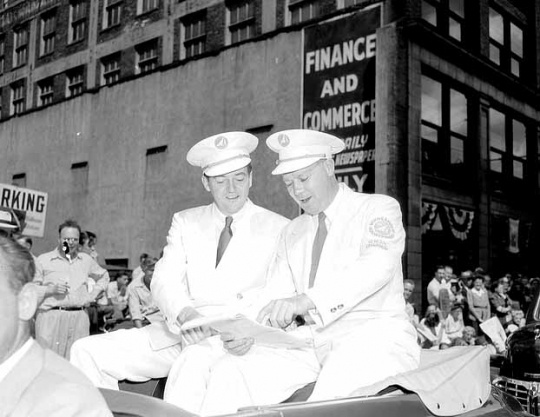
Mayor Humphrey and Aquatennial general chairman riding in the Aquatennial Parade, 1946
All rights reserved
Holding Location
Articles
More Information
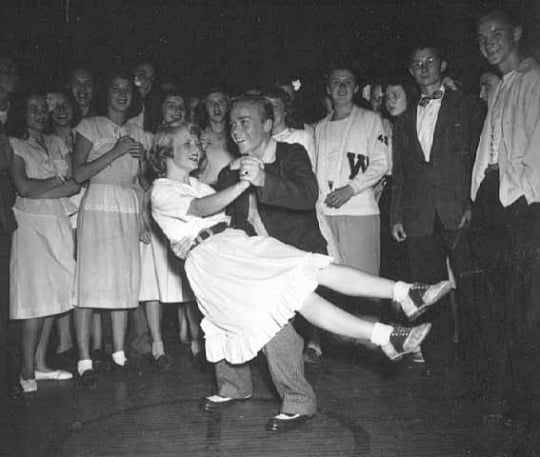
Aquatennial dance, Minneapolis, 1947
All rights reserved
Holding Location
Articles
More Information

'Tortoise and Hare' themed Walgreen Drug Stores Float, 1948
All rights reserved
Holding Location
Articles
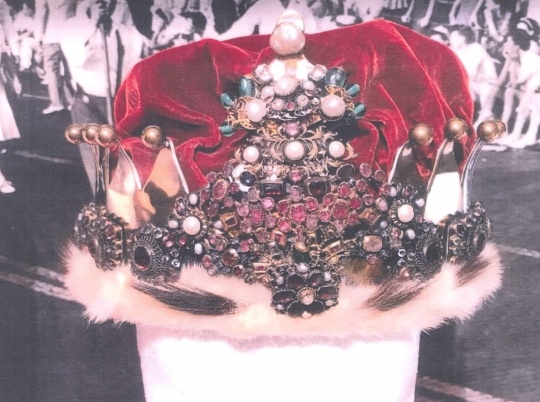
Queen of the Lakes "Hobe Crown," 1948
All rights reserved
Holding Location
Articles
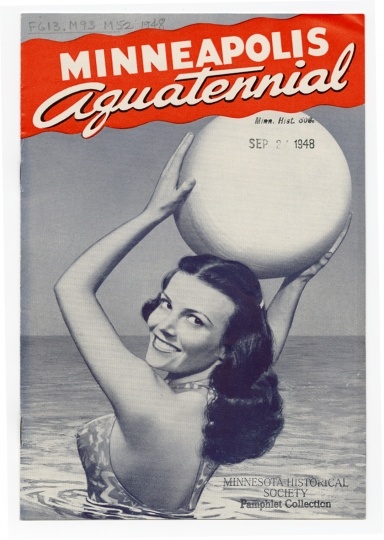
1948 Aquatennial promotional pamphlet cover
All rights reserved
Holding Location
Articles
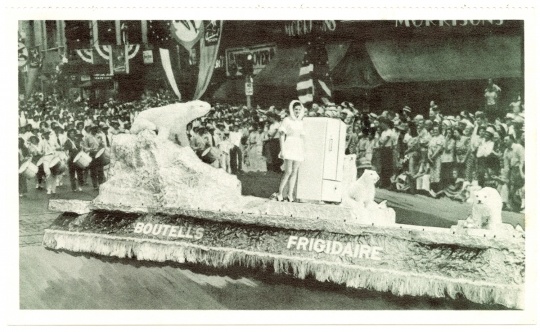
Boutell’s frigidaire Aquatennial parade float, ca. 1950
All rights reserved
Holding Location
Articles
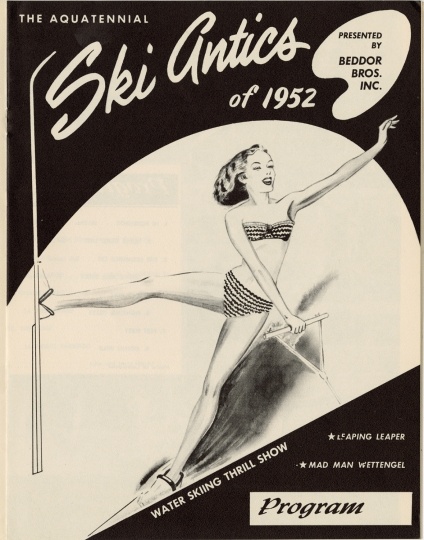
“Ski Antics of 1952” event program
All rights reserved
Holding Location
Articles
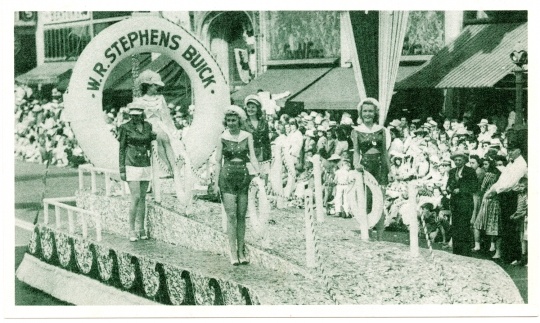
Parade float for W.R. Stephens Buick, ca. 1950
All rights reserved
Holding Location
Articles
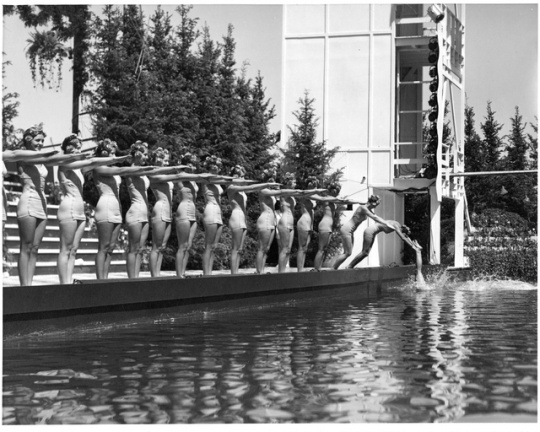
Minneapolis Aquatennial Aqua Follies, 1952
All rights reserved
Holding Location
Articles
More Information
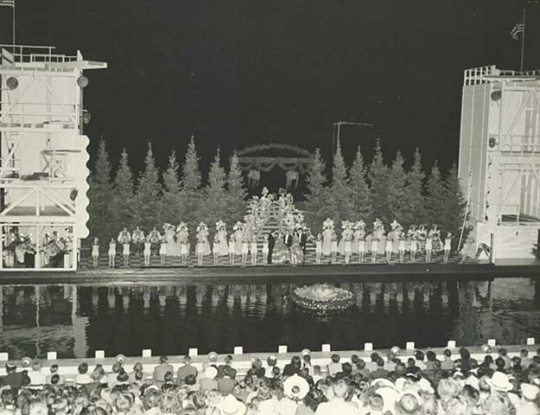
Minneapolis Aquatennial Aqua Follies, 1955
All rights reserved
Holding Location
Articles
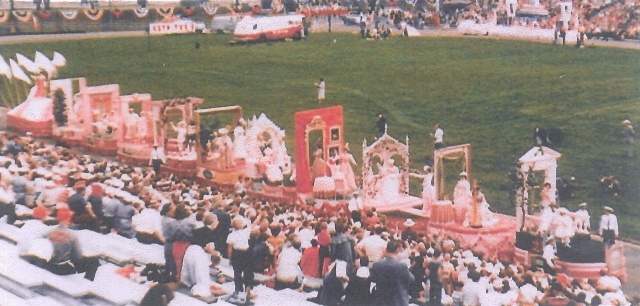
Dayton’s “Century of Fashion” float, 1956
All rights reserved
Holding Location
Articles
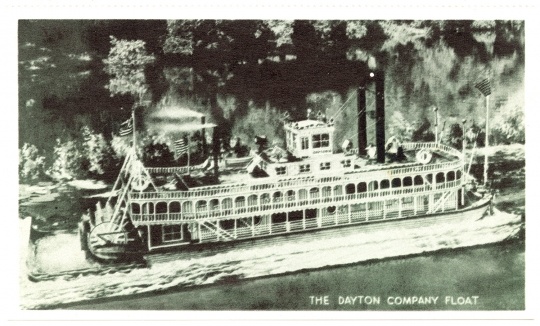
Dayton Company Paddleboat float, ca. 1958
All rights reserved
Holding Location
Articles
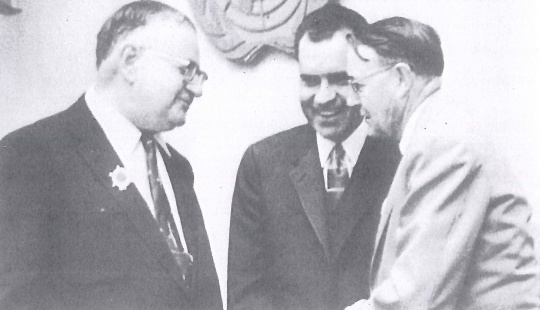
Nixon meeting with Aquatennial officials, 1958
All rights reserved
Holding Location
Articles
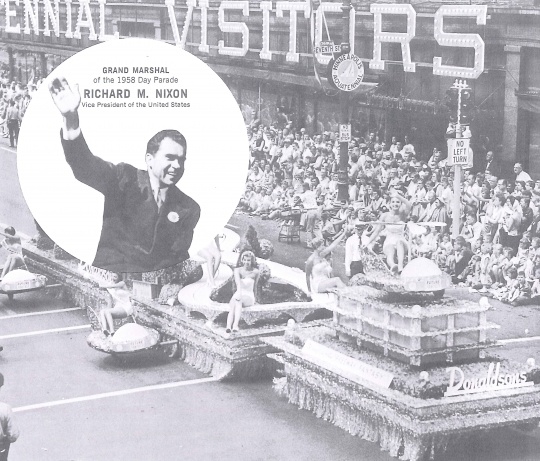
Promotional material for Richard Nixon, Aquatennial 1958
All rights reserved
Holding Location
Articles
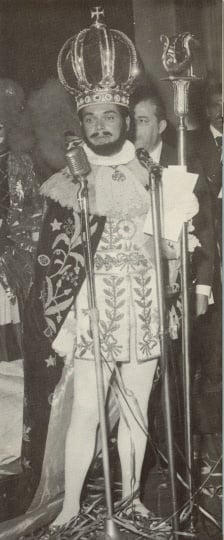
Visiting "royalty" from Rio’s Carnival, 1963
All rights reserved
Holding Location
Articles
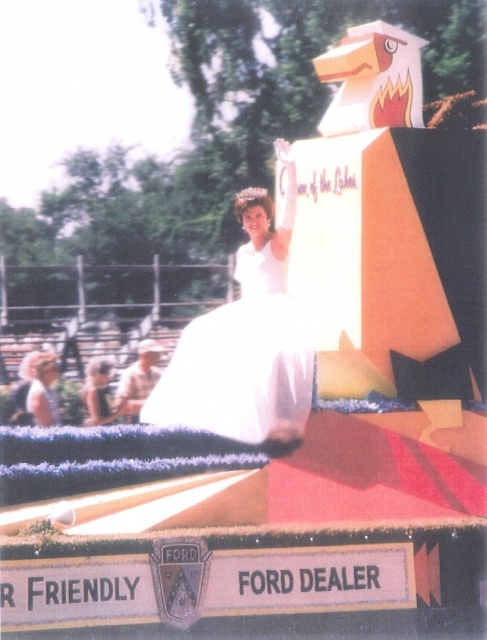
Aquatennial Queen Connie Haenny, 1963
All rights reserved
Holding Location
Articles
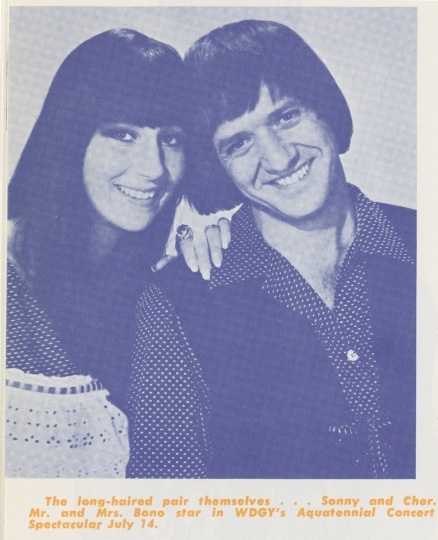
Sonny And Cher concert advertisement, 1967
All rights reserved
Holding Location
Articles
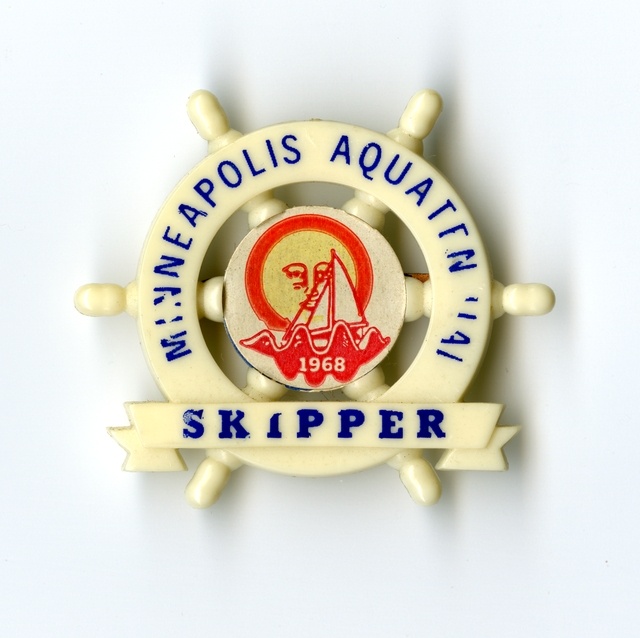
1968 Minneapolis Aquatennial Skipper pin
All rights reserved
Holding Location
Articles
More Information
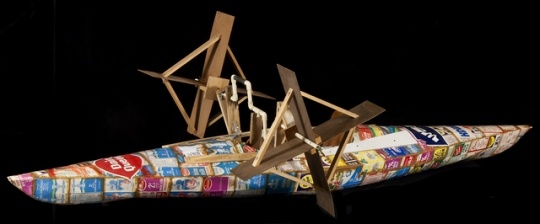
Milk carton kayak used in Minneapolis Aquatennial, 1971
All rights reserved
Holding Location
Articles
More Information
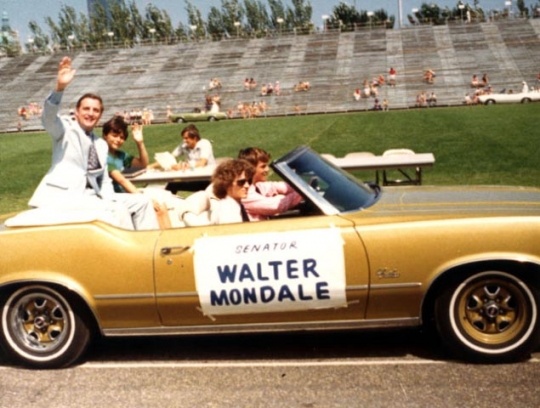
Senator Walter Mondale waves from the back of a car in the Minneapolis Aquatennial Parade, 1972
All rights reserved
Holding Location
More Information
Related Articles
Turning Point
After an aquatic revue show on Cedar Lake draws lackluster crowds in 1940, Aquatennial planners build a permanent stage and pool on Lake Wirth for the more ambitious Aqua Follies program in 1941. Combined with commemorative pin sales, ticket sales for the glitzy and highly regimented performance will bankroll free Aquatennial programming for more than two decades.
Chronology
1940
1941
1942
1945
1955
1957
1962
1967
1971
1975
1983
Thanks in part to an enthusiastic response to the year’s theme, “Mexico Magnifico,” by the Twin Cities metro’s growing Latino community, the festival has record attendance levels
1988
2002
2015
Bibliography
“13 Jailed in Clash Linked to Wig Fight.” Minneapolis Star, July 20, 1967.
Albinson, Pam. Seventy-Five Years of The Minneapolis Aquatennial. Minneapolis: Nodin Press, 2014.
Baule, John. “Ahhquatennial—Fifty Fabulous Years. Hennepin County History 48, no. 3 (Summer 1989): 23–27.
Chin, Richard. “After Being Axed, the Popular Milk Carton Boat Race Returns to Minneapolis.” Minneapolis Star Tribune, May 3, 2017.
Hafften, Ken. Conversation with author, September 2018.
Mellin, Judy, Pamela Jo Albinson, and Connie Haenny. “Crowning Memories and Lost Images: The Aquatennial Queen of the Lakes.” Hennepin History 61, no. 3 (Summer 2002): 4–34.
Minneapolis Aquatennial Souvenir Program Collection, 1940–. Minnesota Historical Society, St. Paul.
O’Brien, K. Marie. “Fantasies on Parade.” Hennepin County History 73, no. 3 (Fall 2014): 19–27.
Shumaker, Steve. “Building Parade Floats: The Life of a ‘Floater.’” Hennepin County History 73, no. 3 (Fall 2014): 29–35.
“Sonny Without Cher” Twin Cities Music Highlights, 1960.
http://twincitiesmusichighlights.net/events/#1960
Related Resources
Primary
Berg, Heinie. The Second Minneapolis Aquatennial. 16 mm film, 52 min. [Minnesota]: N.p., 1941. Audio-visual Collection, Minnesota Historical Society, St. Paul.
Minneapolis Aquatennial Association records, 1940–1990 (bulk 1979–1985)
Manuscripts Collection, Minnesota Historical Society, St. Paul
http://www2.mnhs.org/library/findaids/00891.xml
Description: Most of the material was compiled by association president (1979–1981) Fredrick Dresser, and includes historical information; articles of incorporation and bylaws; membership rosters; position descriptions and organization charts; directors and steering committee minutes; financial records; speeches, scripts, and publicity memoranda; newsletters and programs; photographs; and two scrapbooks kept by Micky Lane.
Web
Minneapolis Aquatennial.
http://www.aquatennial.com/


























